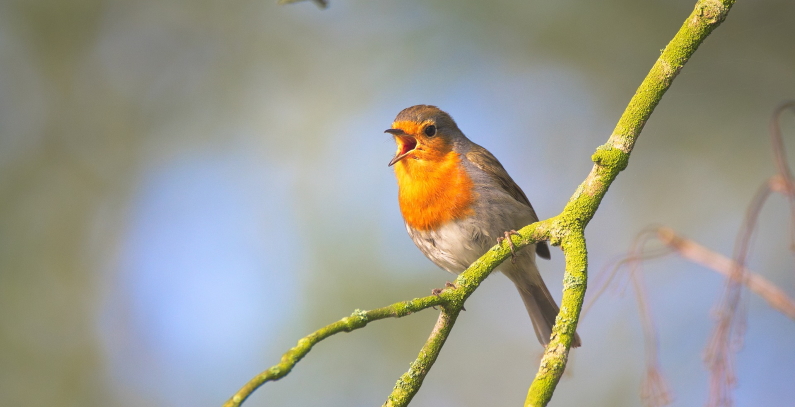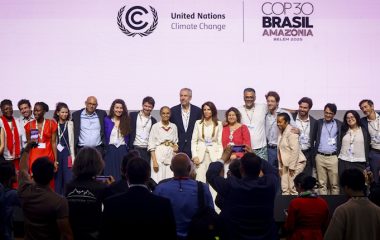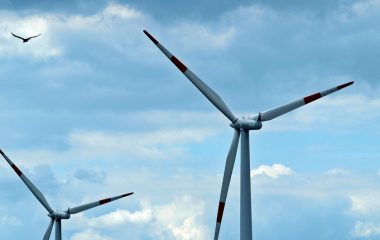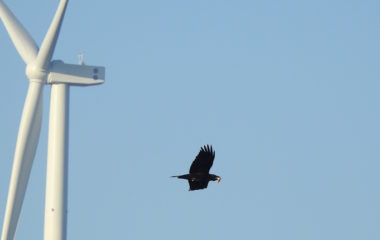
Photo: Pixabay
How much do we know about benefits that biodiversity provides us day-to-day? Or do we only think of it when facing extraordinary circumstances? Don’t we enjoy the recently rejuvenated rivers and seas, the fresh air, striving greenery and enhanced hearing of birds’ songs in urban silence?
Biodiversity is the ingredient of all of our life aspects. It feeds and waters us, it makes us resilient and cures us, gives us material to build, nourishes us and more – it makes our economies stable and prosperous.
Yet, we keep forgetting it in our daily lives and activities. Now, more than ever, we proved that we can both join forces and act responsibly. Let’s build upon this experience.
It is time to build biodiversity into all we plan and do: our infrastructure, our transport, our food production, our health care, our economy.
Policies show guidelines, yet more is needed to fulfil long-term safety and prosperity. EU external action is leading by example and spotlighting biodiversity in order to get Europe to be the first carbon-neutral continent. Therefore, the European members states are committed to support the Western Balkans’ readiness and efforts to greening its growth and development towards the EU integration.
The European Green Deal stresses out that more than half of the global GDP (some €40 trillion) depends on nature, lays out the monetary value of biodiversity and states economic and social costs of inaction towards its protection and restoration. Six particularly nature-depending industries include Chemicals and Materials, Travel and Tourism, Real Estate, Metals, Supply Chain and Retail, Consumer goods and Lifestyle.
In line with the EU Green Deal, EU’s new Biodiversity Strategy 2030 “Bringing nature back into our lives” proposes a transformative plan of protecting and restoring nature towards the goal of nature’s path to recovery for the benefit of people, the planet, the climate and the economy by 2030.
Yet each sector, as well as partnerships like public-private-civil will only be successful in cooperation and if we, as individuals – citizens, are on board, too.
Let us recall on our dependence on biodiversity, confirm our responsibility and rethink our current and future actions on the occasion of this International Biodiversity Day!









Be the first one to comment on this article.